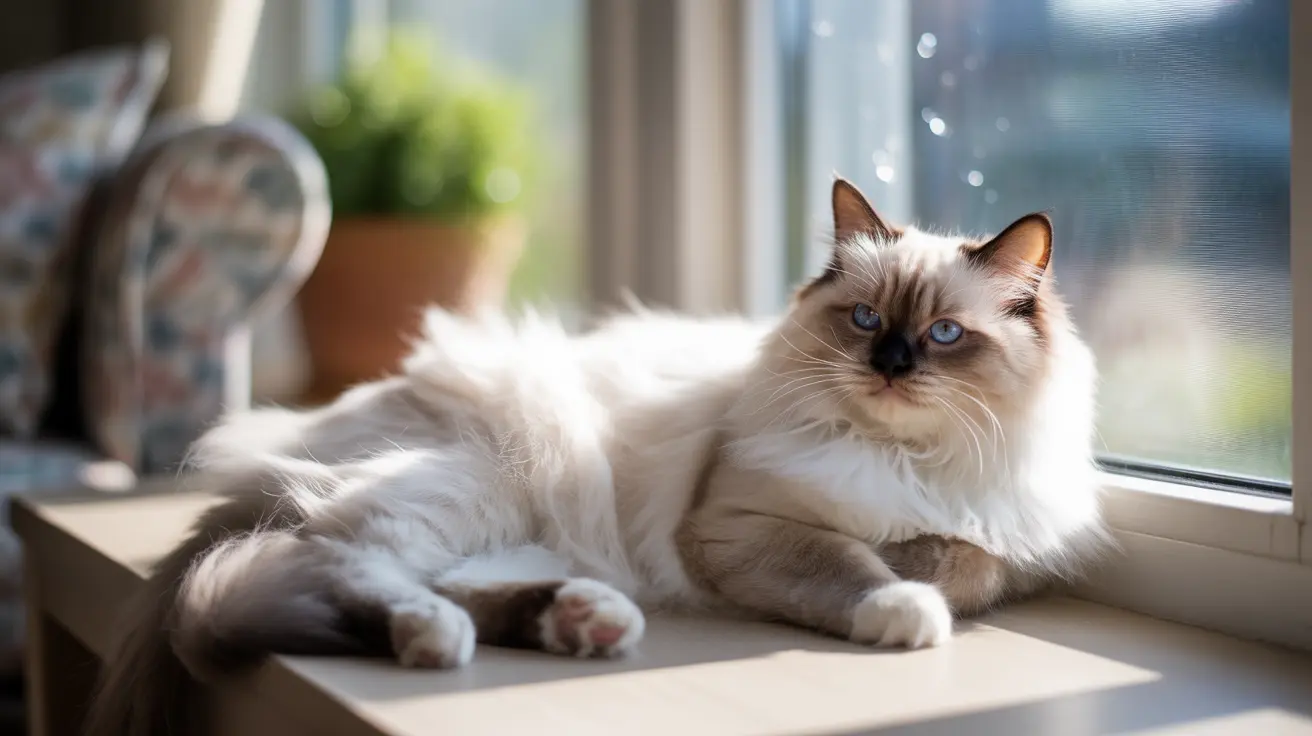If you've ever noticed your cat vibrating, you might be wondering what's causing this unusual sensation. From normal purring to potential health concerns, understanding why cats vibrate is crucial for every pet owner. Let's explore the various reasons behind this common feline behavior and learn when it might signal a need for veterinary attention.
The Science Behind Cat Vibrations
Most often, what we perceive as vibrating in cats is actually purring - a unique physiological mechanism that produces both sound and physical vibration. Cats generate these vibrations through rapid twitching of their laryngeal muscles and diaphragm, creating frequencies between 25 and 150 Hertz. This fascinating ability develops in kittens just days after birth, serving as a vital communication tool throughout their lives.
Normal Reasons for Cat Vibration
Contentment and Bonding
The most common reason for cat vibration is simple happiness. When cats feel safe, comfortable, and content, they often express it through purring and gentle vibrations. This typically occurs during:
- Petting sessions
- Cuddle time with favorite humans
- Relaxation in a sunny spot
- Nursing or bonding with kittens
- Pre-meal anticipation
Self-Soothing Behavior
Cats may also vibrate as a self-soothing mechanism. This natural behavior helps them cope with stress, anxiety, or even mild discomfort. The vibrations produced during purring have been shown to promote healing and provide pain relief, making it a remarkable evolutionary adaptation.
When to Be Concerned About Cat Vibration
Medical Conditions
Sometimes, vibrating or trembling can indicate underlying health issues, including:
- Neurological disorders
- Kidney or liver disease
- Hypoglycemia
- Infections
- Electrolyte imbalances
- Hyperesthesia syndrome
Stress and Environmental Factors
Environmental stressors can cause concerning vibrations or trembling:
- Extreme temperatures
- Unfamiliar environments
- Loud noises
- Presence of predators or perceived threats
- Changes in routine
When to Contact Your Veterinarian
Seek immediate veterinary care if your cat's vibrating is accompanied by:
- Loss of appetite or thirst
- Changes in behavior or energy levels
- Difficulty walking or coordinating movements
- Vomiting or diarrhea
- Excessive vocalization
- Visible pain or distress
Frequently Asked Questions
Why is my cat vibrating or shaking while purring?
When cats vibrate while purring, it's usually a sign of contentment or self-soothing behavior. The vibration is caused by rapid muscle contractions in their larynx and diaphragm, creating both the familiar purring sound and physical sensation.
What medical conditions can cause my cat to tremble or shake unexpectedly?
Various medical conditions can cause trembling, including neurological disorders, hypoglycemia, kidney disease, infections, and toxin exposure. Any unexpected or persistent trembling should be evaluated by a veterinarian.
How can I tell if my cat's shaking is a normal behavior or a sign of illness?
Normal vibrating typically occurs during pleasant activities and stops when the cat is disturbed. Concerning trembling often persists, may be accompanied by other symptoms, and occurs in unusual situations or without obvious triggers.
What should I do if my cat is shaking due to cold or stress?
For cold-related shaking, provide warm blankets and move your cat to a warmer location. For stress-induced trembling, remove stressors if possible and create a calm, safe environment. If symptoms persist, consult your veterinarian.
Can feline hyperesthesia syndrome cause my cat to twitch or tremble?
Yes, feline hyperesthesia syndrome can cause muscle rippling, twitching, and trembling, particularly along the back. This condition often includes behavioral changes and requires veterinary diagnosis and management.
Understanding your cat's vibrating behavior helps ensure their health and well-being. While most vibrating is normal and beneficial, being aware of concerning signs allows you to provide prompt care when needed. Always consult your veterinarian if you're unsure about your cat's behavior or notice any unusual symptoms.






